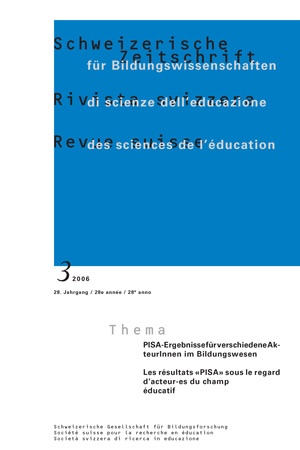The Relativity of Trend Indicators
DOI:
https://doi.org/10.24452/sjer.28.3.4732Abstract
Starting in the nineties, and under the increasing demands of policy makers, international surveys in education pursue not only the goal of revealing trend indicators but also to predict the future development of students´ achievement. The titles of current studies point to this: Programme International de Suivi des Acquis des élèves (PISA), Progress International Reading Literacy Study (PIRLS), Trends International Mathematics and Science Study (TIMSS). Whereas a 10 point difference on a scale of which the standard deviation via convention is fixated at 100 does not change the pedagogical interpretation of results for a data collection, such a difference takes a very different meaning at the pedagogical and political levels if it corresponds to the difference of performance between two data collections. In order to be valid, this diachronic comparison premises that on the one hand, the methodology – broadly speaking – is perfectly identical for both data collection, and on the other hand that the possible methodological changes do not have any impact on the time comparison. This statement is submitted to empirical evidence through a few examples mainly drawn from PISA; the results implicate that careful interpretation of such trend indicators is required.
Downloads
Published
Issue
Section
License

This work is licensed under a Creative Commons Attribution 4.0 International License.



